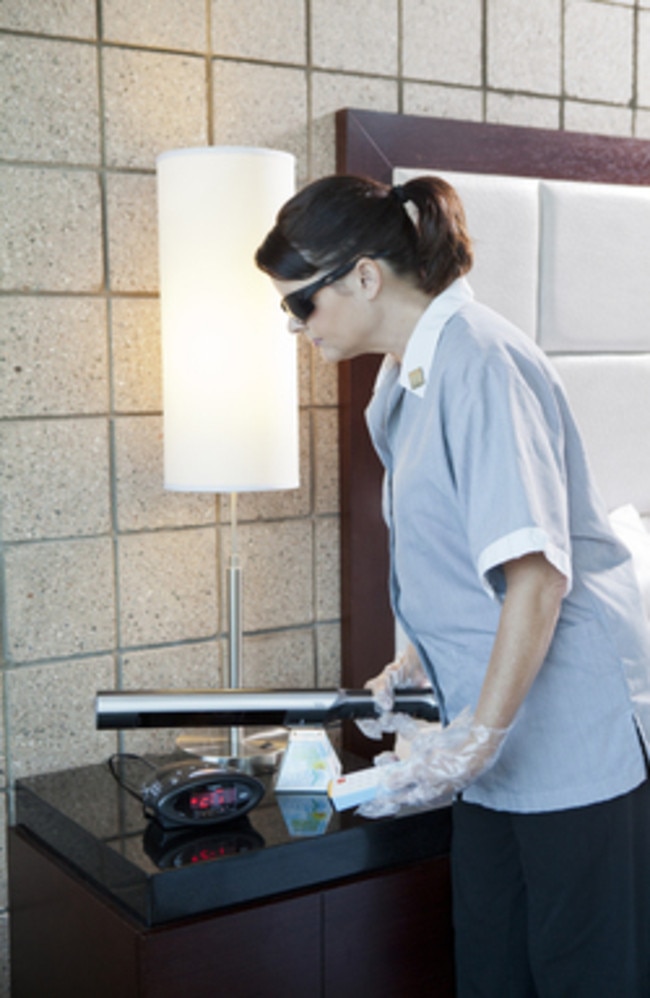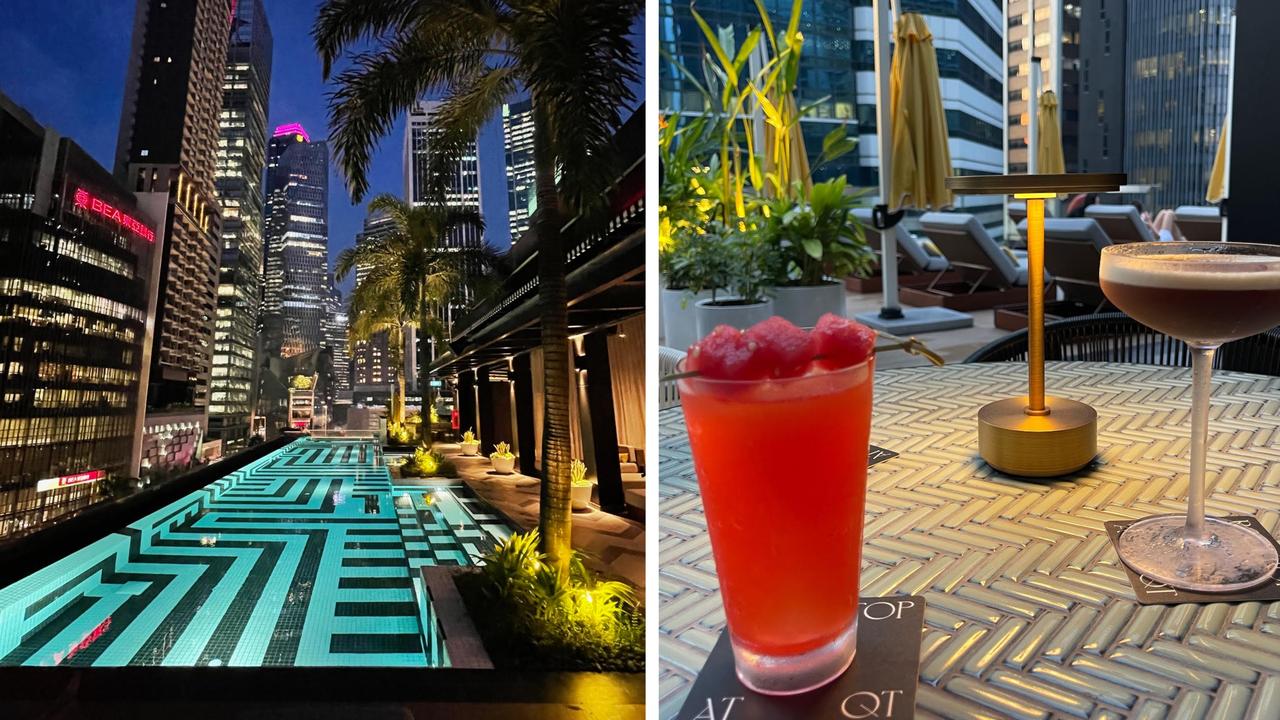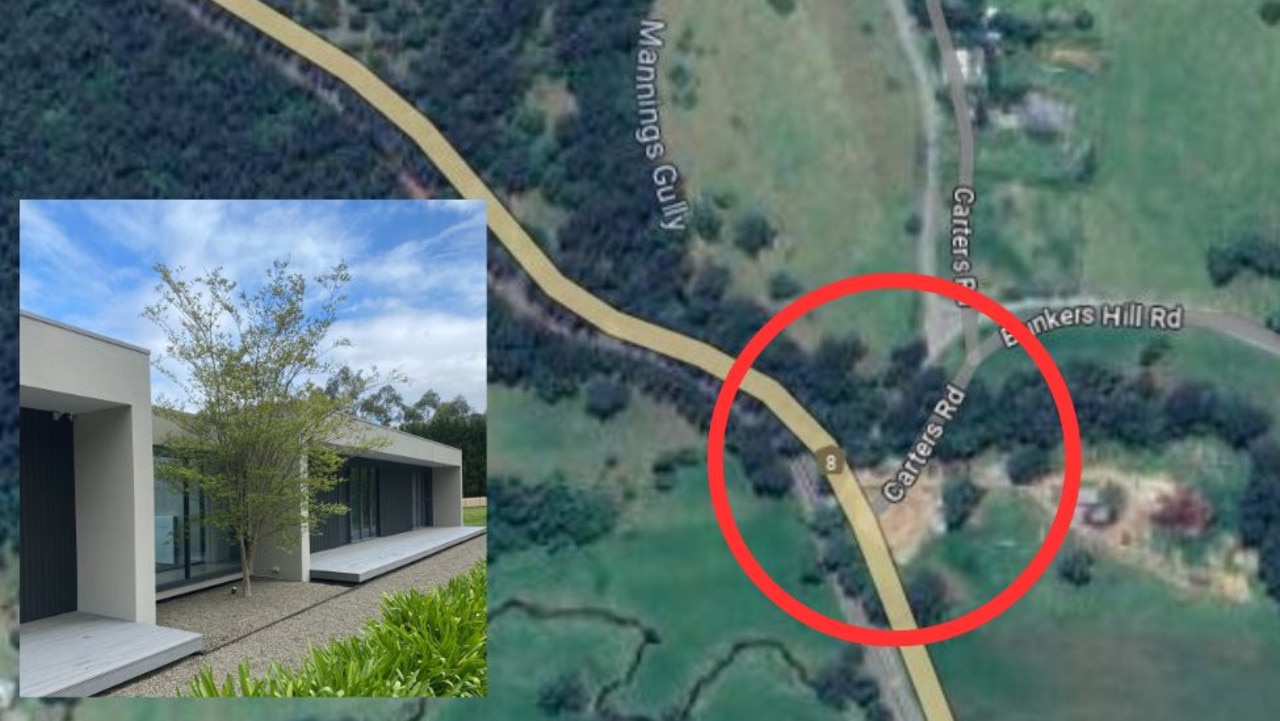The awful truth about the hotel TV remote
HAVE you ever looked down with dread at the TV remote in your hotel room and wondered just how dirty it is? This is what you need to know.
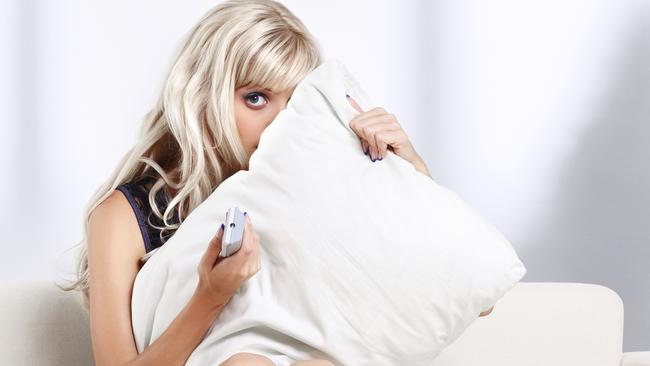
HAVE you ever looked down with dread at the worn out, gunky old TV remote in your hotel room and wondered just how dirty it is?
Sure, thousands of other people have probably touched it before you. But besides simply grossing you out, could using it actually make you sick?
The Healthy Hotels Program, which provides hotels in Australia and New Zealand with certification of their health or indoor environmental standards, has mulled over the evidence to bring you the answers you’ve been longing for.
It turns out that you have good reason to be concerned. Two studies carried out in 2012 had rather shocking results. Researchers at the University of Guelph and University of Houston tested the surfaces of a combined 63 hotel rooms to review, among other things, the sanitary state of remote controls.
The results weren’t pretty. One study found that remote controls produced around 68 CFU/cm2 of bacteria. That’s more than eight times the amount found on the average public toilet surface (8 CFU/cm2), according to a different study by the University of Arizona.
CFU is a measurement of “colony forming units”. Counting the number of bacteria and/or mould from a surface that can grow on a culture plate gives an indication of how heavily covered a particular surface is with microorganisms.
Let that sink in for a moment. Would you touch a toilet seat, not wash your hands then eat out of a bag of corn chips while watching a movie? Eww, right? But it’s probably cleaner than if you touched the remote while eating with your hands!
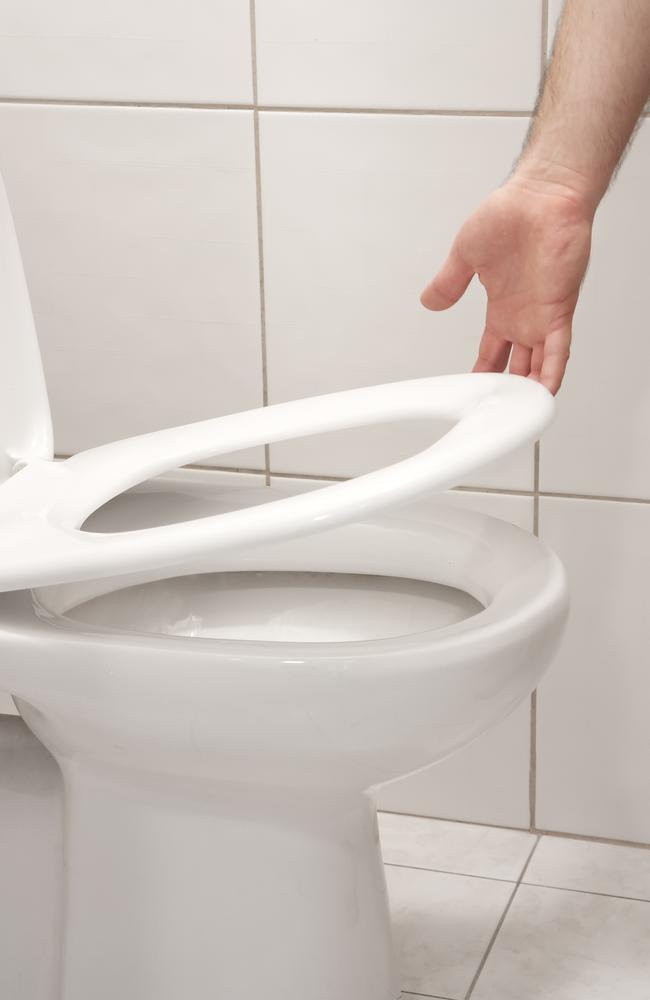
The University of Guelph study also found that 70 per cent of ATP RLU readings were above 300, with the highest at 22,000. A result of more than 300 ATP RLU is widely accepted to present a moderate to high risk for infection transmission.
So what does that mean? The ATP (adenosine triphosphate) is a measurement that gives an indication of the extent of biological residue on surfaces such as skin, bacteria or mould. It’s measured in “relative luminescence units” (RLU), which analyses dust collected over a 10cm square area.
Doctor Claire Bird, an environmental microbiology specialist at the Healthy Hotels Program, says the results illustrate conclusively that remotes are not being cleaned correctly — if at all, and that the chances of a guest picking up an infection from a previous sick visitor is highly likely.
“One of the reasons this happens is because while toilets and bathroom areas are typically disinfected regularly, other items like light switches and remotes are not,” Dr Bird said. “While people usually wash their hands after using the toilet, tap heads are not protected, and you have no guarantee that their hands have been washed anyway.
“In the event that they have an upset stomach and not handwashed, or that they have a streaming cold or flu and picked up the remote after some nose-blowing, those viruses on the remote could infect you when you switch on the news over that cuppa we all hang out for as we throw our shoes off after a long day.”
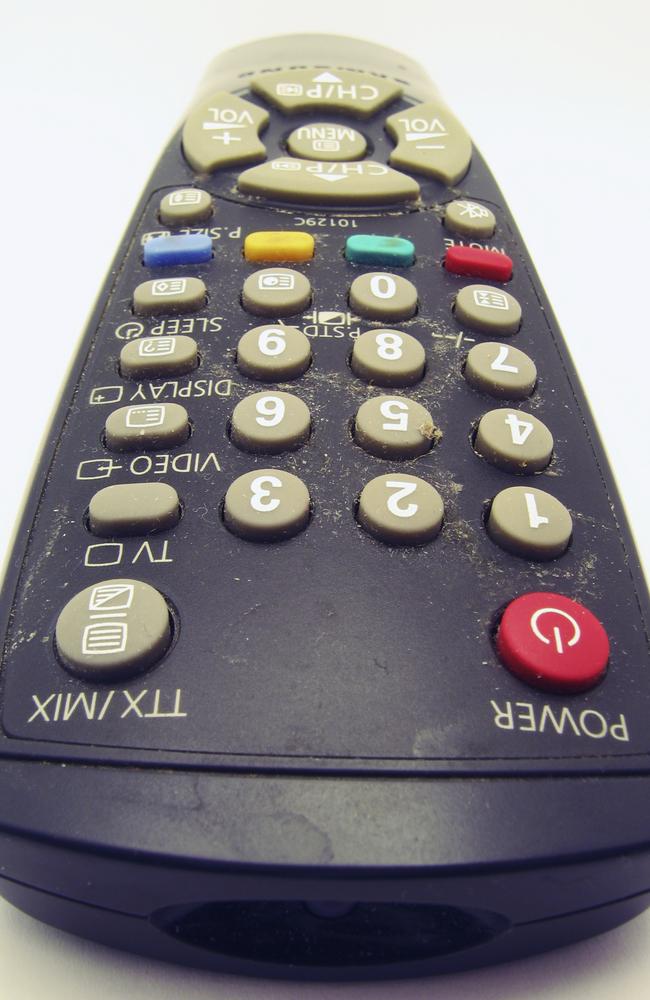
So what are hotels doing about this? Apparently everything they can, but it’s not an easy problem to solve.
If you’ve stayed in a Best Western in the US recently, you might have seen a housekeeper walking around with a Harry Potter-like ultraviolet wand, waving it over different surfaces. The UV rays act as a disinfecting agent and work on set exposure times.
Taking the chemical free disinfection effort further, a hygiene company from Texas has a patent
pending device that cleans your remote for you using UVC. The housekeeper puts the remote in the device after they clean the room and by the time you check in, your remote is free from 99.94 per cent of germs, according to the manufacturer.
“You can use the device for anything that will fit including pens, the room key and even your phone.” Says CleanremoteUV inventor Tuan Dam from Austin.
The green or chemical free trend is only just beginning according to founder and spokesman of the Healthy Hotels Program, Nicson White. “You only have to look to the US where the largest retailers are subjecting their suppliers to safer chemical policies as a result of consumer demand,” he said,
“We receive emails of support every day from travellers with allergies and chemical sensitivities. The demand behind this trend is strong and well embedded.”
Whether you suffer from sensitivities or you simply take your hygiene seriously when you travel, rest assured healthier travel is here to stay.
